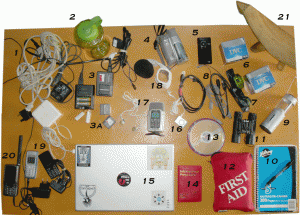Jon DeNunzio came in to our Online Journalism class, discussing the different ways and importance of integrating social media into journalism.
DeNunzio made the decision back in 2006 to pick up digital skills for his news coverage and editing, which helped him both grow in his career and secure his job with the Washington Post.
He gave a few examples on how the Post is using multimedia, including Twitter and blogs. One that stood out was a blog discussing ‘mean girls,’ within which was a Twitter feed that allowed users to share their own experiences based on the story.
Another platform DeNunzio brought up, which was new to our class, was Intersect. This is a cool and interesting tool that allows the user to look for stories based on an elaborate time line which can be manipulated for specificity within a time, along with a map for location of news.
Social media, DeNunzio brought up, allows the journalist to better connect with and build a relationship with users. Since trust has become more of an issue between journalists and their readers, it is vital that the journalist interact with them.
Third-party platforms aren’t the only way to succeed in dissemination as a journalist. Marshall McLuhan was brought up because of his message on how you don’t have to use social media to successfully gather news.
The main message Jon DeNunzio wanted to give to the class, I think, was how journalists, in the pursuit of success, need to focus on the fundamental skills we need to have as our foundation. In the ways the Internet has become so interactive, setting yourself apart as a journalist with unique skills in connecting to users is something that is becoming key in obtaining a job.




 Posted by Brad Clark
Posted by Brad Clark
